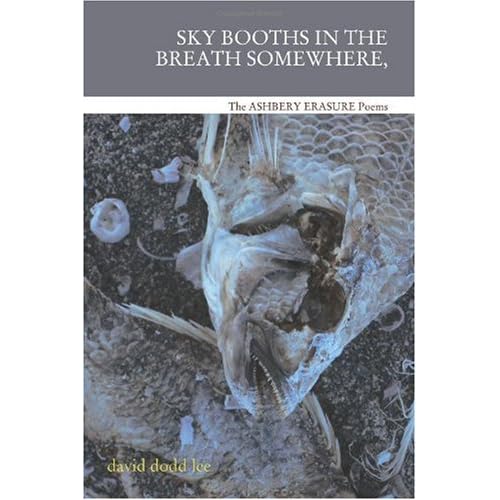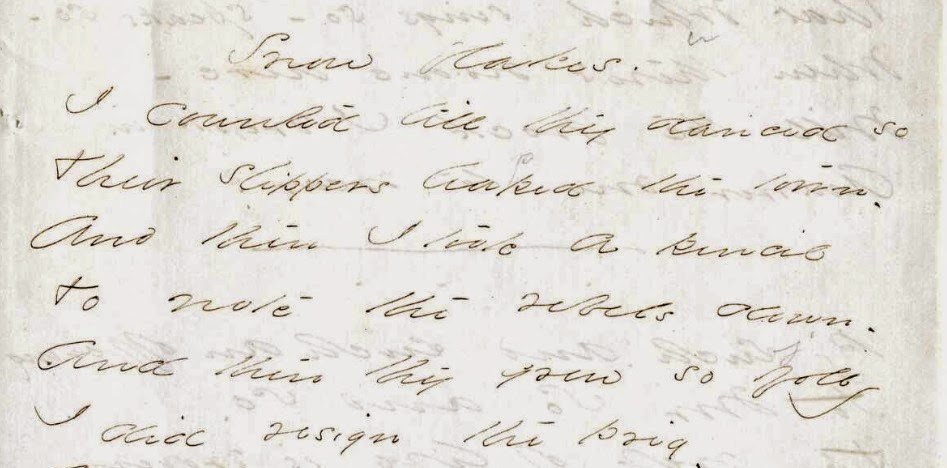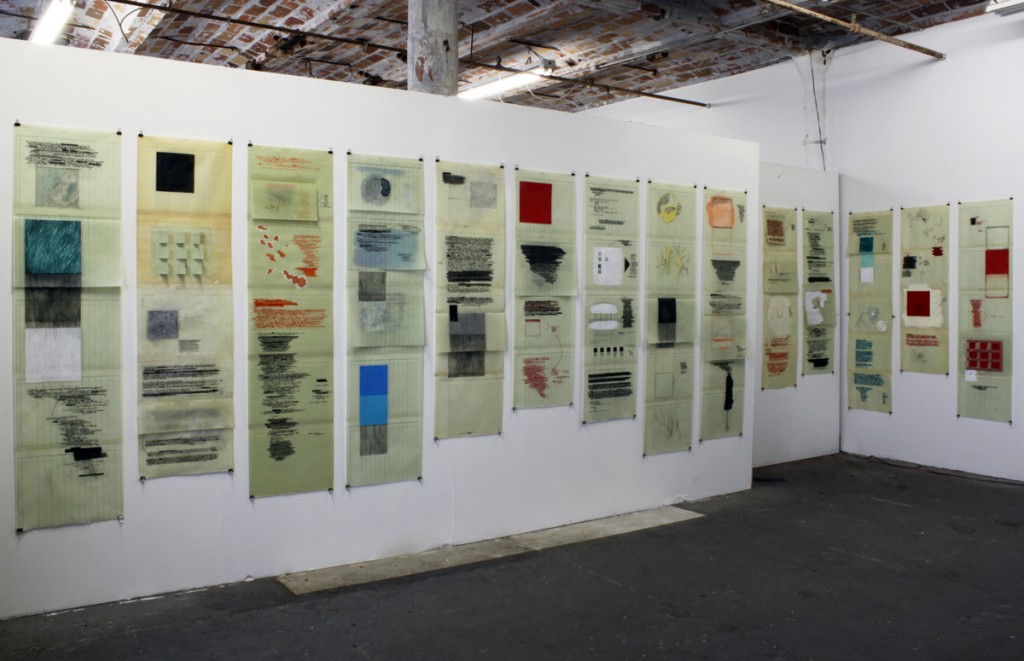Please visit my new site at https://genevievekaplan.com/.
I keep past posts on The Forest and The Trees available for your enjoyment and reference.
Thanks for reading!
The Forest and The Trees
genevieve kaplan
Thursday, September 29, 2016
Monday, June 13, 2016
 | |
| Jill Maji's Labor (Nightboat, 2012) |
Find excerpted poems from LABOR at jubilat, here; and at The Brooklyn Rail, here. Read reviews at CSU's Center for Literary Publishing, here; at Tupelo Quarterly, here; and at Drunken Boat, here.
In an interview with Andy Fitch, Magi explains how, when drawing from source texts, such as those she found at the Tamiment Library & Robert F. Wagner Labor Archives (a public archive at NYU's Bobst Library), "[T]he words are openings into, portals into something generative, a story about to come."
 |
| still from LABOR: Finding Guide |
Even more: view Magi's LABOR: Finding Guide on YouTube; read her curated chapbook Labor Poetic Labor! (Essay Press), online here; and, be sure to check out Magi's series on Textile Poetics at Jacket2.
Wednesday, April 6, 2016
 |
| The Place of Scraps (Talon Books, 2013) |
 |
| Totem Poles, Vol. 1 (Ottawa: King's Printer, 1950) |
The Place of Scraps "explores the complicated relationship between First Nations cultures and ethnography. [These] poems simultaneously illuminate Barbeau’s intentions and navigate the repercussions of the anthropologist’s actions." - explains Abel on his website.
Mercedes Eng explains, "Totem poles tell the history of a people. Like its source, Scraps deploys linguistic and visual systems of representation to record First Nations history but unlike its source, it reveals anthropology as a colonial weapon in its creative distillation of Barbeau’s ethnography." Read the rest of her consideration of The Place of Scraps at Jacket 2, here.
Read an interview on Lemonhound here, more about Abel's project here, here and here, watch Abel on YouTube here, visit his website here.
Wednesday, March 23, 2016
Sunday, January 31, 2016
Sunday, September 13, 2015

Find more of Russo's work, poetry preoccupied with thread and textile, including her deconstruction and reconstruction of Anne Carson's Nox, and her installation Rooms, from Gertrude Stein's Tender Buttons, online.
Thursday, August 13, 2015

David Dodd Lee's Sky Booths in the Breath Somewhere: the Ashbery erasure poems (BlazeVOX, 2010).
"Most of the poems I chose to erase came out of three books from A’s middle period--Hotel Lautreamont, And the Stars Were Shining, and Flow Chart," Lee explains in a very thorough interview here; he goes on: "I will say I wasn’t trying to ruin Ashbery’s originals—it felt to me like I was simply trying to take advantage of A’s genius (he’s got plenty to spare) and make something wholly separate seeming (stress here on the word 'seeming')." More info and excerpts here. Reviews here and here.
Friday, June 26, 2015
from Ania Wawrzkowicz's series Ambiguous Documents (2012?). More images (but very little information) here, here, here, and here.
Thursday, June 11, 2015
Monday, May 11, 2015
Still image from "Clevemark Dr.," a collaborative installation by Stephanie Ellis Schlaifer and Cheryl Wassenaar (fall 2014, St. Louis), based on Schlaifer's manuscript Clarkston Street Polaroids.
"The text, visually reinterpreted by Wassenaar in cut vinyl lettering, comes from Schlaifer's poems. Sculptural objects are covered in, made from, or altered by sugar, pickling salt, or soap," according to the artist's statement at Vimeo -- plus, "walk-through" the installation, which includes the poem "When the eye saw it appeared," below (first published in Kestral (2011)). More images and discussion at the Fort Gondo site, here.
"The text, visually reinterpreted by Wassenaar in cut vinyl lettering, comes from Schlaifer's poems. Sculptural objects are covered in, made from, or altered by sugar, pickling salt, or soap," according to the artist's statement at Vimeo -- plus, "walk-through" the installation, which includes the poem "When the eye saw it appeared," below (first published in Kestral (2011)). More images and discussion at the Fort Gondo site, here.
Monday, April 20, 2015
Study for "Green Room" (April 2015) -- a poem-in-progress. I'm interested in the way the lines / stanzas of the poem can be shifted and moved from one pocket to another, allowing the book (the poem-draft) to be read in different configurations and allowing me to see new ways for this poem to progress.
The form is "X-Book with pockets" (can be found on pages 33-34 in Alisa Golden's Making Handmade Books).
Friday, March 20, 2015
From As We Know (Subito Press, 2014), a collaborative project by Andy Fitch and Amaranth Borsuk. As We Know "repositions erasure procedures at the origins of (rather than in
response to) a published text. Here Amaranth Borsuk has taken Andy
Fitch’s summer diary and reshaped 60 passages...into a new type of collective
confessional/constructivist collage that brings her own voice into the
text and foregrounds the tensions of authorship," according to the As We Know website.
See more images of the project at The Volta and Matter, discussion here, here and here, a conversation between Borsuk & Fitch here.
See more images of the project at The Volta and Matter, discussion here, here and here, a conversation between Borsuk & Fitch here.
Sunday, March 1, 2015
From Anne Gilman's The Jolly Balance (2009, 2012), based on
drawings made in a handwritten physics journal from 1918. "The Jolly
Balance was a phrase I found in the original physics
journal and refers to an instrument that measures specific gravity. I
use it to refer to our attempt to balance all the parts of our lives on a
day-to-day basis," she explains at the Center for Book Arts website, here.
Gilman's 2012 "site-specific installation: a series of a multi-panel, interactive drawings...reads like a book on a wall," according to Art In New York City. More here, and here. View more amazing photos of The Jolly Balance and other projects on Gilman's website.
Sunday, February 15, 2015
 | ||||||||
| the ‘Infinite Jest Project’ by Corrie Baldauf (photo by PD Rearick) |
 |
| Infinite Jest p. 215 "Canadians" |
P.S. Baker is the founder of The Found Poetry Review -- take a peek.
 |
| The Infinite Atlas Project |
3) The Infinite Atlas Project (2012- ), "an independent research and art project seeking to identify, place and describe every possible location in David Foster Wallace's Infinite Jest." Check out their site!
Saturday, January 31, 2015
 |
| Snow Flakes (Green Chair Press, 2013) |
Susan Angebranndt's Snow Flakes (Green Chair Press, 2013), artist's book of Emily Dickinson's poem "Snow flakes." "Snow flakes." is included in Dickinson's handwritten and handbound Fascicle 80 (image below, from the amazing online Emily Dickinson Archive), ~1858.
"I liked the idea of counting snowflakes, which seems like such an impossible task," Angebranndt explains on her blog, here. Hop over for more details, and links to a free Emily Dickinson typeface. More images at Green Chair Press.
 | |||
| "Snow flakes." |
Sunday, October 5, 2014
E. M. M.'s A Little White Shadow (Brown & Gross, 1889)
&
Mary Ruefle's A Little White Shadow (Wave, 2006)
"A Little White Shadow, it turns out, is a book replicating—and containing—another book.... E.M.M. is Emily Malbone Morgan, a writer and philanthropist who wrote and self-published the novella A Little White Shadow, a Christian-themed inspirational tale of a young heiress summering in Italy, to raise money 'for the Benefit of a Summer Home / for Working Girls.'"
—read the rest of my essay '"Destroying' the Text to Create the Poem" over at Post45. More images of Ruefle's work are here and here. Also, check out Mary Hickman's essay "Defaced/Refaced Books: the Erasure Practices of Mary Ruefle and Jen Bervin" over at Jacket2, here.
Subscribe to:
Posts (Atom)


















